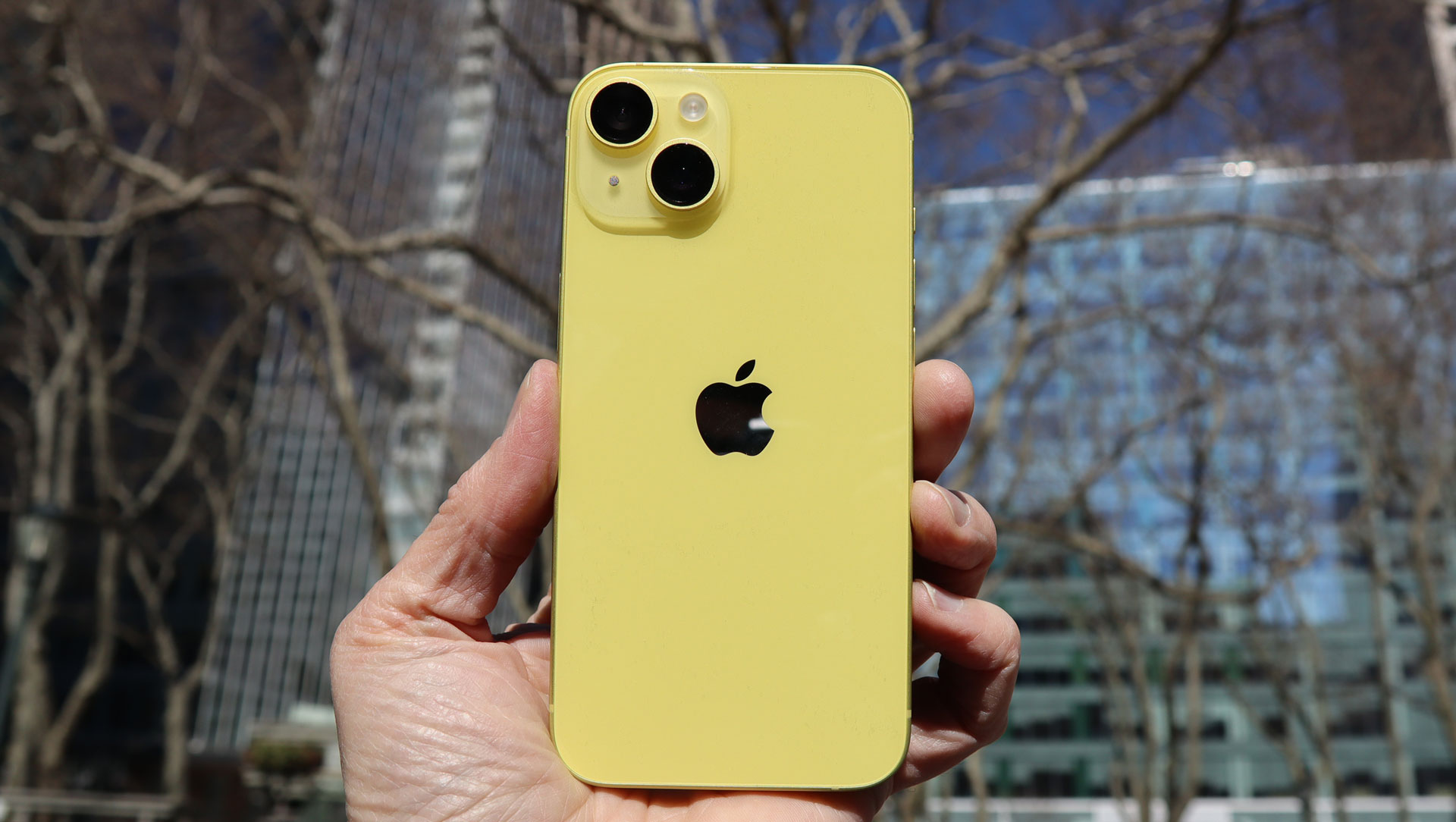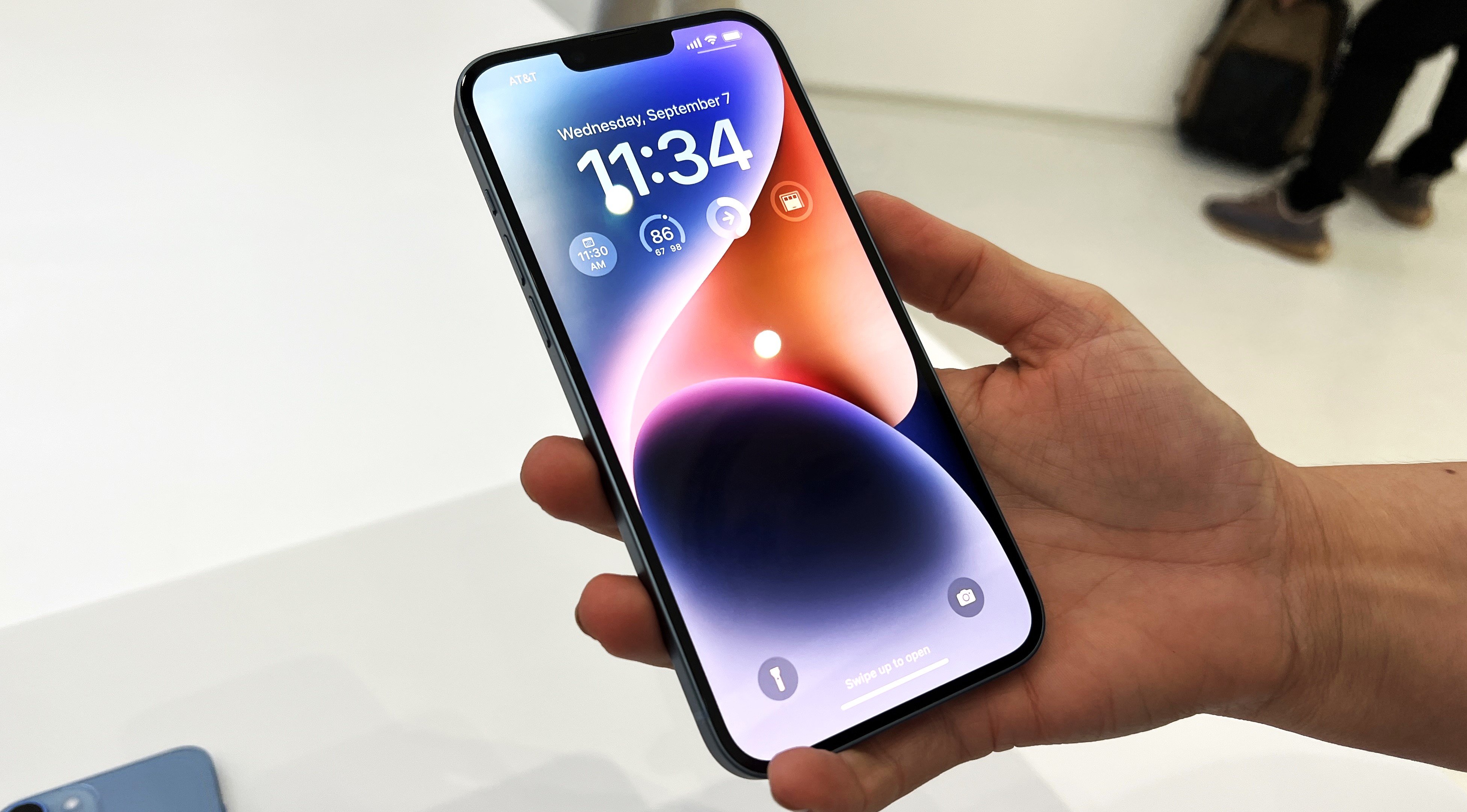iPhone repairers slam Apple for making the iPhone 14 harder to fix
Is Apple not playing fair when it comes to replacement parts?

iFixit has revised its repairability rating for the iPhone 14, cutting the score for the smartphone – which was introduced a year ago now – almost in half, while pointing out the frustrations of expert repair operations who tackle problems with this handset (and the best iPhones out there, for that matter).
As iFixit makes clear in a news post, the rating for the iPhone 14 has been dropped to a lowly 4 out of 10, when it was first awarded a relatively impressive 7 out of 10 for repairability just after launch.
So, why the change of heart? The fundamental nature of the iPhone 14 hasn’t changed, as iFixit puts it, from the “innovative repair-friendly architecture” which earned that 7 out of 10.
But what has been an eye-opener for the repair site is that the reality for folks trying to fix an iPhone 14 has been laid bare, and it’s often not a pretty tale. As iFixit notes, after it awarded Apple’s smartphone the aforementioned score, the “community pushed back”, and: “To be honest, they were right – and we’d like to thank our critics for helping us hold manufacturers accountable.”
The new score of 4 out of 10 reflects what iFixit describes as some “atrocious limitations” that third-party repair shops and individuals face when making repairs to an iPhone 14.
The problem apparently lies in “a raft of software obstacles”, meaning that even if you have a genuine replacement iPhone display, or battery, you can make a repair taking out a broken part, replacing it with that perfectly good new one – and it still won’t work.
Why not? The iPhone needs a software handshake to ‘authenticate’ the repair that has been implemented, and if that doesn’t happen, you’ll get warnings that it can’t be determined that the new screen, or battery, is a genuine Apple part.
Get daily insight, inspiration and deals in your inbox
Sign up for breaking news, reviews, opinion, top tech deals, and more.
As iFixit observes: “Of course, it can only authenticate if Apple knows about your repair in advance, because you gave them the exact serial number of your iPhone, and they’ve pre-matched it to a display or battery. This is only possible if you buy the screen or battery directly from Apple.” We've contacted Apple about this and will update this story when we hear back.
Analysis: Just not good enough

So, in short, repair shops who have screens or other components ready to use (maybe harvested from otherwise non-working iPhones, but still perfectly fine parts) as replacements cannot employ these, as the iPhone will basically warn the repair isn’t genuine.
DIY repairers and repair shops are forced to go and buy a replacement part directly from Apple to ensure it works, which really isn’t good enough. You should be able to use a functioning screen, or battery, or whatever, obtained from wherever, and if the repair is properly implemented, it should work just fine.
It should not produce a bunch of warnings about whether a part is ‘genuine’ and as going by other reports from repair experts – like Hugh Jeffreys on YouTube – it also shouldn’t remove certain bits of functionality. (Like stripping away auto-brightness with a replacement screen, or hiding battery health info with a replacement battery).
iFixit concludes: “Based on how Apple designs their products and the relentless, unparalleled focus on user experience, they could easily be a leader in creating the best self-repair experience in tech. Yet, we don’t see that.
“Apple needs to do better. And frankly, so do we – so as of today, our repairability scores do a better job of reflecting reality.”
You might also like
Darren is a freelancer writing news and features for TechRadar (and occasionally T3) across a broad range of computing topics including CPUs, GPUs, various other hardware, VPNs, antivirus and more. He has written about tech for the best part of three decades, and writes books in his spare time (his debut novel - 'I Know What You Did Last Supper' - was published by Hachette UK in 2013).